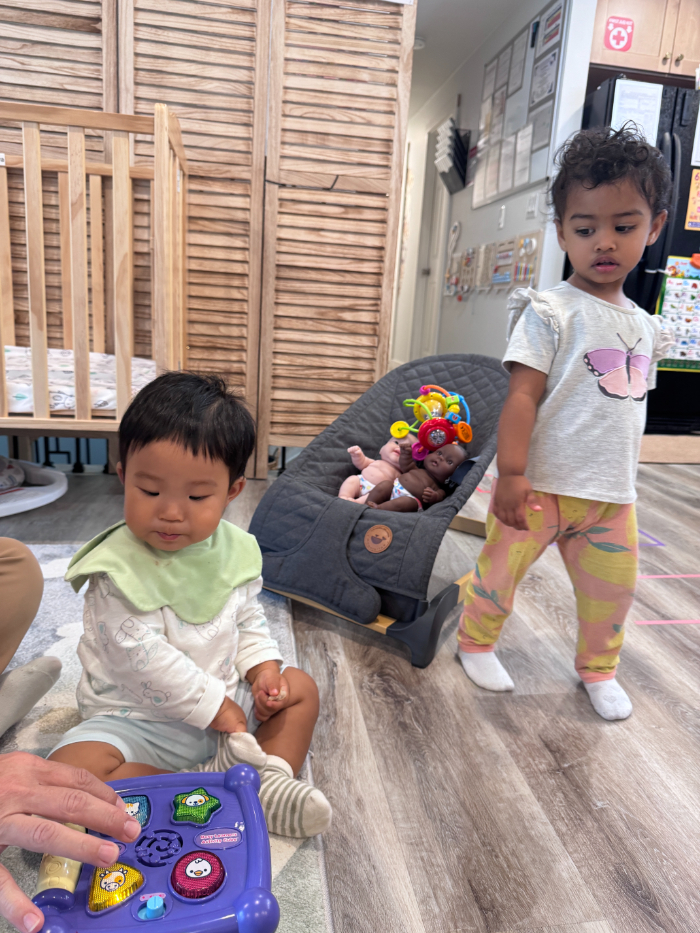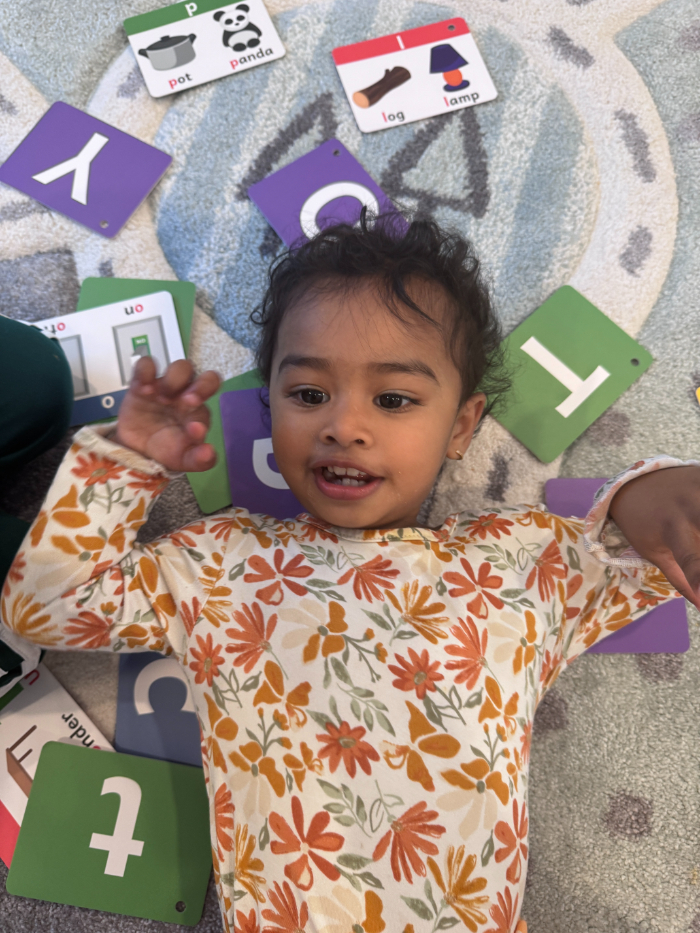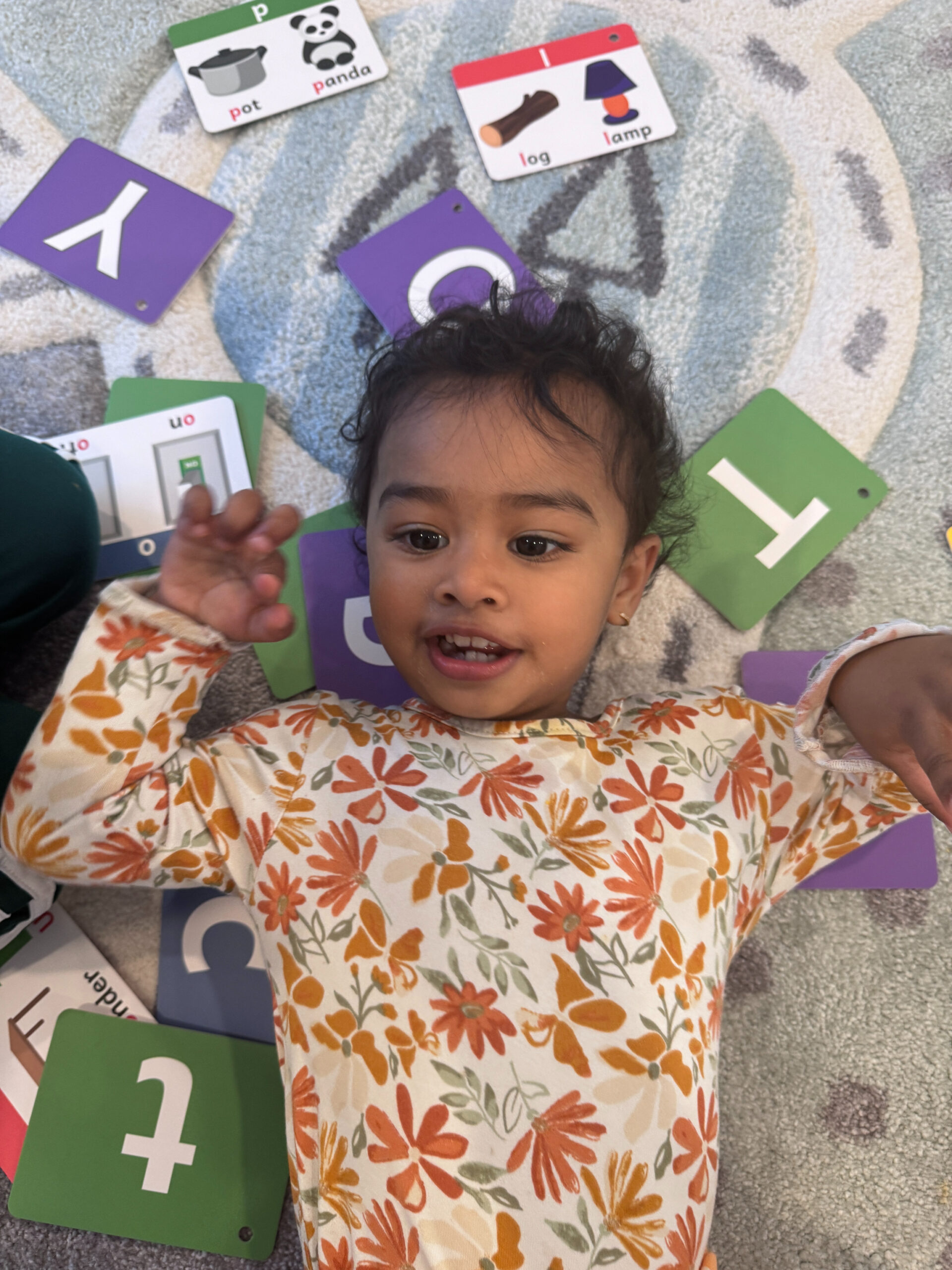Mindfulness in childcare helps young children manage emotions, improve focus, and build resilience. From breathing exercises for toddlers to calming stories for preschoolers, these activities foster emotional well-being in daycare settings. This guide offers age-appropriate mindfulness practices, practical tips for caregivers, and strategies to create a calming environment. Discover how to nurture toddler emotional health and preschooler calming activities with expert-backed techniques that fit busy childcare schedules. Read on for actionable ideas to support early childhood wellness.
Introduction to Mindfulness in Childcare
Mindfulness, the practice of being present and aware, is transforming early childhood education. In childcare settings, mindfulness childcare activities help young children navigate emotions and develop essential life skills. For infants, toddlers, and preschoolers, mindfulness fosters calmness, focus, and emotional resilience. However, implementing these practices in busy daycare environments can be challenging due to short attention spans and packed schedules. This article provides practical, expert-backed mindfulness activities tailored for young children, ensuring caregivers can seamlessly integrate them into daily routines to support early childhood wellness.
Why Mindfulness Matters for Young Children
Benefits for Emotional Regulation
Mindfulness helps young children manage big emotions, a critical skill for toddler emotional health. For example, deep breathing exercises can reduce tantrums in toddlers by activating the parasympathetic nervous system, promoting calmness. Research from child development experts shows that mindfulness practices lower stress and improve self-soothing abilities in children as young as 18 months. In childcare, these techniques help kids transition smoothly between activities, reducing meltdowns and fostering a sense of security.
Supporting Cognitive and Social Development
Beyond emotional benefits, mindfulness enhances cognitive and social skills. For preschoolers, activities like mindful listening improve focus and attention, laying the foundation for academic success. Socially, mindfulness encourages empathy and patience, helping children build stronger peer relationships. By practicing preschooler calming activities, kids learn to share, take turns, and communicate effectively, skills that benefit them throughout life.

Age-Appropriate Mindfulness Activities for Childcare
Mindfulness for Infants (0–18 months)
Infants thrive on sensory experiences that promote bonding and calmness. Here are three mindfulness activities for infants in childcare:
- Gentle Rocking with Rhythmic Breathing
How to Implement: Hold the infant securely, breathe deeply for 5–10 seconds per inhale/exhale, and rock gently for 2–3 minutes during transitions or nap time. - Sensory Touch Exercises
How to Implement: Introduce one texture at a time, narrating softly, “This feels smooth,” to engage the infant. - Soothing Music
How to Implement: Use a portable speaker during quiet time, selecting music with slow tempos (60–80 beats per minute).
These activities support early childhood wellness by fostering trust and relaxation.
Mindfulness for Toddlers (18 months–3 years)
Toddlers are energetic and emotional, making mindfulness a powerful tool for emotional regulation. Try these activities to support toddler emotional health:
- Balloon Breathing
How to Implement: Say, “Blow up a big red balloon!” and guide them to inhale deeply through the nose and exhale slowly through the mouth. Use colorful visuals for engagement. - Sensory Bins
How to Implement: Set up a small bin during group time, guiding toddlers to “feel the grains” slowly and mindfully. - Guided Movement
How to Implement: Use phrases like, “Grow like a tree!” and model slow movements for 2–3 minutes.
These activities reduce stress and promote focus in busy daycare settings.
Mindfulness for Preschoolers (3–5 years)
Preschoolers can handle more structured mindfulness activities that build focus and empathy. Here are three preschooler calming activities:
- Calming Stories with Visualization
How to Implement: During circle time, read for 5 minutes, then ask, “What do you see in the forest?” to spark imagination. - Mindful Listening
How to Implement: Ring a bell or play nature sounds for 1–2 minutes, asking kids to name what they hear. - Gratitude Exercises
How to Implement: During snack time, ask, “What made you happy today?” and model a response like, “I’m thankful for our fun games.”
These activities enhance focus and emotional awareness, ideal for daycare mindfulness.

Practical Tips for Implementing Mindfulness in Childcare
Creating a Calming Environment
A mindfulness-friendly space is essential for success. Set up a quiet corner with soft lighting, cushions, and calming visuals like nature posters. Use tools like yoga mats or a small tent to create a cozy retreat. Keep distractions minimal to support daycare mindfulness.
Engaging Caregivers and Parents
Caregivers need training to implement mindfulness effectively. Offer workshops on breathing techniques or sensory play, and share printable guides for consistency. Encourage parents to reinforce mindfulness at home with simple practices like bedtime breathing. Apps like “Calm Kids” or “Breathe, Think, Do” can support both caregivers and parents.
Integrating Mindfulness into Daily Routines
Incorporate mindfulness into transitions, nap times, or group activities. For example:
- Morning Circle: Start with a 1-minute breathing exercise.
- Pre-Nap Time: Play soothing music or read a calming story.
- Post-Lunch: Lead a gratitude circle for preschoolers.
A sample schedule might include:
- 9:00 AM: Balloon breathing (toddlers).
- 11:00 AM: Mindful listening (preschoolers).
- 2:00 PM: Sensory play (infants and toddlers).
Comparison of Mindfulness Activities by Age Group
| Age Group | Activity Type | Benefits | Implementation Tips |
|---|---|---|---|
| Infants (0–18m) | Soothing music | Promotes calmness | Play during nap or quiet time |
| Toddlers (18m–3y) | Balloon breathing | Reduces tantrums | Use colorful visuals for engagement |
| Preschoolers (3–5y) | Calming stories | Enhances focus, empathy | Read during circle time |
About Kido Heaven: Your Trusted Childcare Partner
Kido Heaven is dedicated to nurturing young children’s emotional and cognitive development through innovative programs like mindfulness activities. Our centers in Bothell provide a safe, supportive environment where infants, toddlers, and preschoolers thrive. Visit our Daycare Bothell or Child Care Bothell pages to learn how we integrate early childhood wellness into our curriculum, fostering happy, resilient kids.
Why KidoHeaven Stands Out
✅ Licensed in Washington State
✅ Aligned with Early Achievers standards
✅ Working Connections subsidy accepted
✅ Daily updates via Brightwheel
✅ Located in Bothell, serving Mill Creek, Lynnwood & nearby areas
✅ Nutritious snacks, safe outdoor space, & positive mealtime routines
📞 Call 206-734-2040 to schedule a tour
🌐 Enroll now
Follow Our Mealtime Moments
Stay updated with more beautiful outdoor meals and daily learning routines on:
Instagram | Facebook | Nextdoor | Yelp | Winnie | YouTube | Upwards
FAQ
1. What qualifications do I need to volunteer in childcare?
No formal qualifications are typically required, but background checks and basic training may be needed. Patience and enthusiasm are key.
2. How much time should I commit to volunteering?
Commitments vary, from a few hours weekly to monthly events. Discuss expectations with the program.
3. Can volunteering lead to a career in early childhood education?
Yes, volunteering builds skills and connections that can open doors to daycare careers or teaching roles.
4. What are the most rewarding aspects of childcare volunteering?
Forming bonds with children, seeing their growth, and contributing to the community are deeply fulfilling.
5. How do I find volunteer opportunities in my area?
Check local daycares, community centers, or online platforms for childcare volunteering opportunities.



